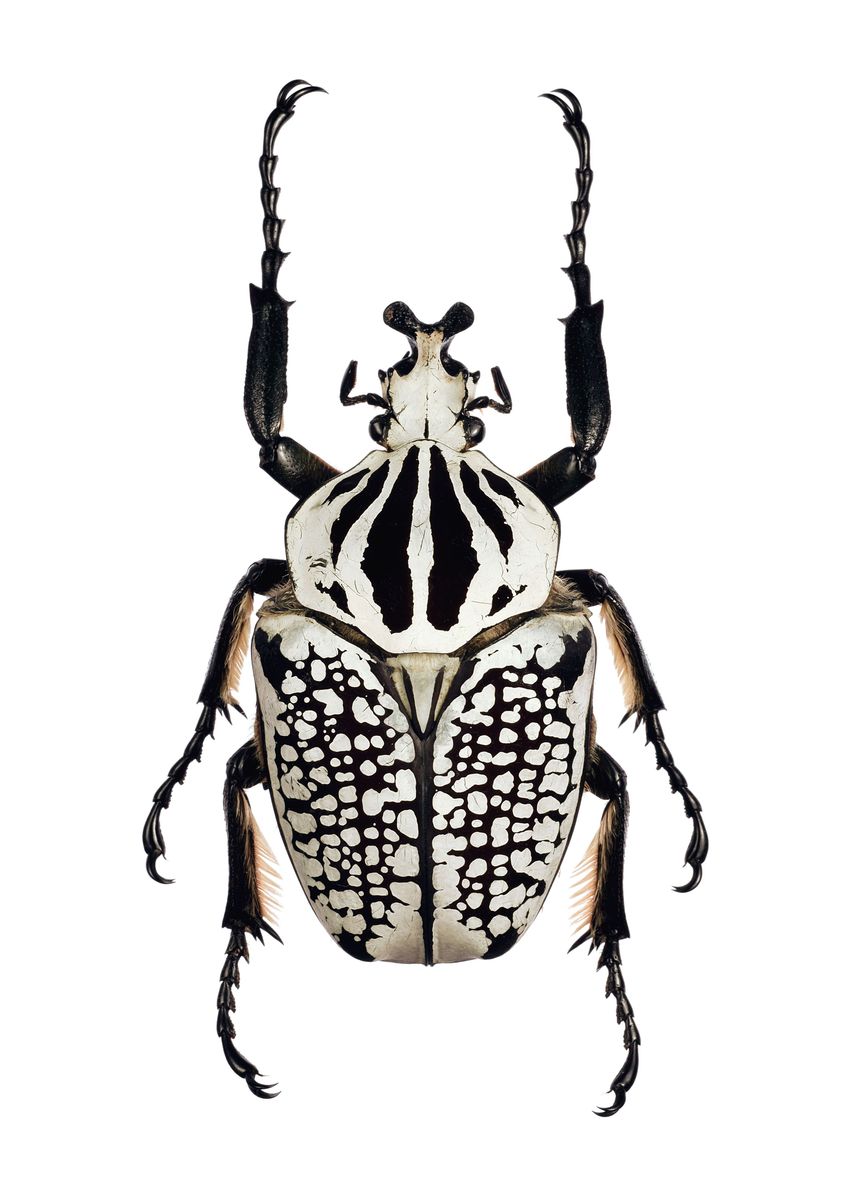Ok, only 3 of the 5 Goliathus are currently legal in the U.S. : goliatus, regius and cacicus.
Goliathus orientalis and G. albosignatus would still require permits!!
Steven Barney
It seems that has changed. On August 13th, 2020, I received information from Dr. Wayne Wehling that the permit requirement has been removed for the entire genus.
Quote:
“We [USDA] dropped the permit requirement for Goliathus in 2018.”
And a copy of a letter officially stating the regulatory requirements of
Goliathus (no PPQ526 permit required):
“We (USDA APHIS PPQ) have reevaluated your application to
move Beetles in the genus Goliathus from Africa to [redacted]. We have determined that species in this
genus of Scarab beetles are not known to be a plant
pests as the grubs (larvae) are predatory. As soil
predators APHIS is not going to require a permit for
import, however these beetle species remain regulated
under the Code of Federal Regulations 7 CFR 330. This
change from "No regulatory authority" to "No permit
required" does not affect you in any way other than
clarifying APHIS' regulatory authority.”

